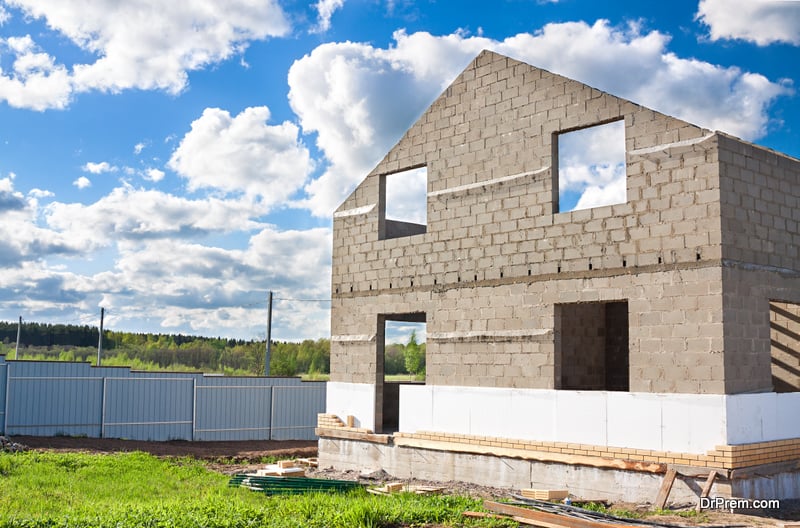Having green architecture is a brilliant way to connect you with the finer things in life. We all long to use environmentally friendly materials while constructing our home but somehow we miss to find the plug between common material that can be used as a part of green architecture and otherwise. We can choose elements that are not very expensive and reduces added costs based on climatic conditions. This is a simple way to take the bigger advantages of green architecture. Believe it or not, sometimes, most of our electricity bills are driven on lights and air conditioning. There are simple ways make our lives more sustainable and green architecture is one of them.
Wood:
There used to be extensive use of wood during earlier constructions. This has faded away with the use of concrete and reinforced cement. However, many people choose wood as parts of interiors mainly because of the beauty and the practicality. It is a fantastic product to use while building a house and ensures heat is stored and cold takes time to enter the living area. There is a thin gap though between choosing wood for your home and feeling that you are taking it away from its natural habitat (deforestation). The simple answer is reforestation. This has to be promoted heavily around the world.
Bamboo:
We might have seen this all around the world, but would have never understood the true goodness it possesses. Bamboo was used heavily as a building material in the past and is used now too for interior design. Many green designers and architects use this in their designs because of the simple design and the elegant touch it adds. Since it grows quite quickly, it is a fantastic strength against climate change. You have to be careful using Bamboo though, you have to treat and condition the bamboo well so that there is no damage or rot.
Concrete:
Yes, there is a lot of Carbon dioxide that is emitted to the world with the production of concrete. However, with the strength of concrete, coupled with its versatility and cheap cost, many green architects still choose it. It is used in every building in the world today and there have been steps taken to reduce the pollution that comes with concrete.
Foam:
This is a well-known solution for architects when they are building a home that requires keeping the temperature of a building cool. Styrofoam is the form it is used in and it is normally on a metal frame and is then coated with cement. It is very effective in keeping temperatures cool and is used heavily in green architecture. The overall energy consumption to keep the building cool is reduced.
Metal:
Making buildings of steel and aluminum is a huge hit when you are making lightweight structures. The weight of the building remains less and thus becomes easy for construction. It makes it easy for building and when kept with different by-products so that temperatures are kept in check.
Water:
We may miss the most important product used during construction, but we cannot spend a day without it. Water needs to be used in abundance during a construction and simple techniques to keep it reusable where you can or make it available with zero wastage go a long way in green architecture.
Glass:
It is the easiest way to ensure your building gets enough light during the day, so office spaces never have to switch lights on during the day and waste energy.
Summary:
There are many ways you can improve the working and construction quality with green architecture. With the growing dependence on other resources, it is necessary that we consider saving precious energy and resources.


